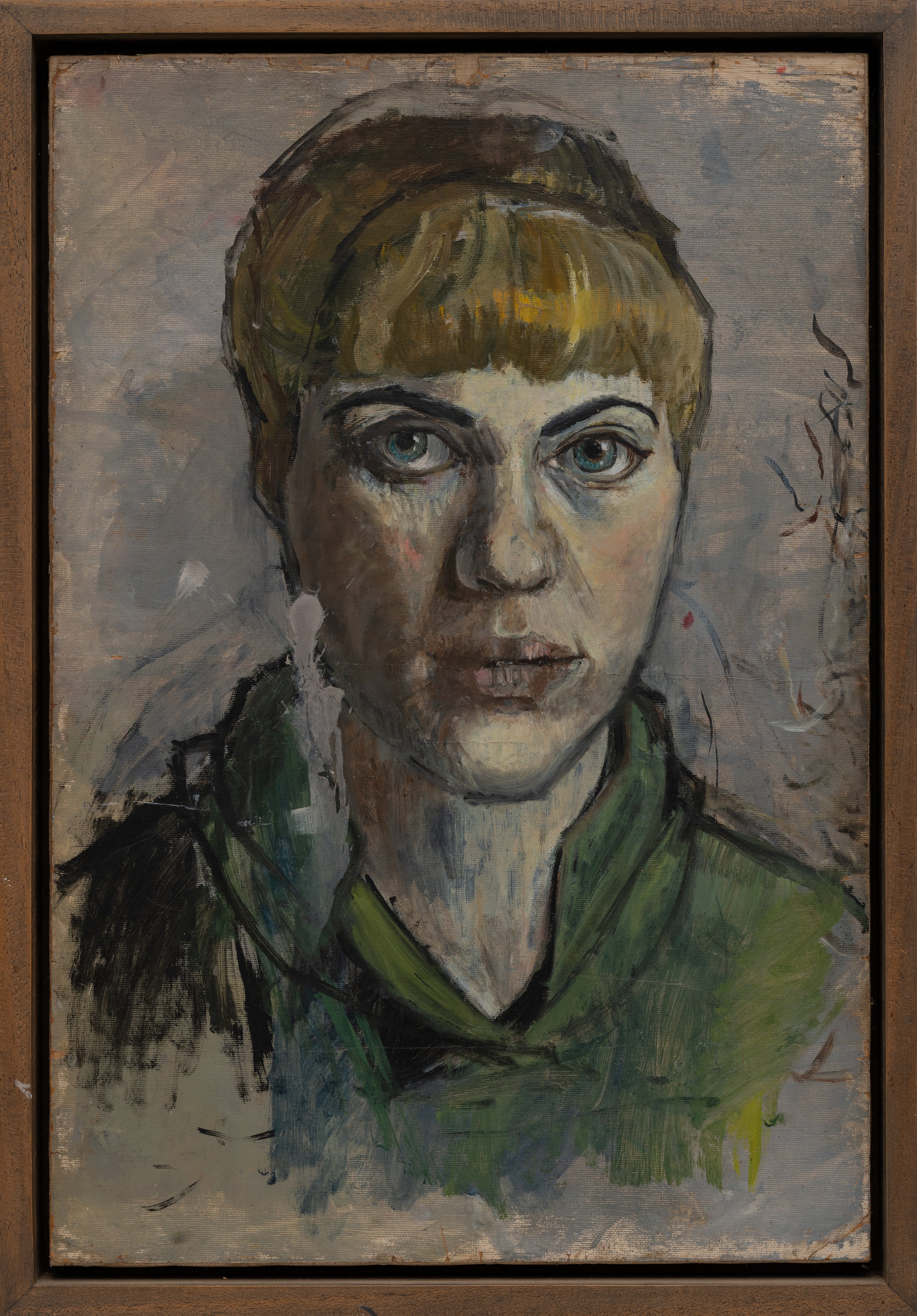Pauline Boty: A Portrait.
What’s in a portrait? A portrayal of the self. A captured depiction of a particular persona. But our identity is not a still-life – and far from a fixture. As we enfold throughout our lives, the person we become radically evolves. But these versions and vicissitudes of the self also simultaneously exist and cohabit within one body.
Pauline Boty explores this novelty in her exhibition. Through various mediums, the self is dissected and reconnoitred. The gap between the interior and exterior is abridged and the public and private spheres are distorted. The Gazelli Art House’s curation is valiant and bold and yet sensitive to the silent courage of a woman who gave her life up for her unborn child.
PAULINE BOTY, COLOUR HER GONE, 1962
A prominent figure and co-founder of the Pop Art Movement, Boty visually dismembers the idea of being whole through collages and photographs. As the only acknowledged member of this movement, Boty teases her sexuality and bolsters her femininity, posing for herself nude and undressing. This act is an important one to recognise since it sets the precedent for all her works – they are all in some kind of process, of becoming done or undone. This series of art reflects her untamed potential and personality, making her a herald of 1970s feminism. Boty includes artist proofs to survey this development visually.
But she also radically opposes the upholding expectations of how she ought to wear femininity. In an almost garish depiction of herself, her self-portrait echoes the surrealist influences of Chirico. The portrait explores the general rules of aesthetics – where art must be beautiful. But here beauty and ugliness do not negate but enhance each other. Through its shadows and undertones, we watch more than her face but see a second self through the contradicting sombre and almost nauseous palette.
PAULINE BOTY 1938-1966 Self Portrait, c. 1955
The compositions seem to be conflations of Cubism and linear perspectives with figures adjoined and layered. Through an almost expressionist palette of reds, greens and blues, her body is detached and supplanted into liminal settings out of the domestic sphere. While Cubism tends to compress geometric objects into multidimensional fields, often presenting manifold perspectives concurrently, her works present vibrant forms of fluctuating proportions and mediums.
The image of her holding ‘Scandal’ Collage becomes a piece of art – one to admire and scrutinise. We are affronted with her relationship to the work itself. Boty is not supplementary to her work – she is not merely the inaugurator or addendum. Instead, placing photographs alongside her paintings the work exists in two timeframes.
LEFT) MICHAEL WARD Untitled (Pauline Boty with 'Scandal'), 1964/2023
(RIGHT) MICHAEL WARD Untitled (Pauline Boty with Painting 'Tom's Dream), 1963/2023
Gazelli Art House opens Monday to Friday, 10 am - 6 pm Saturday, 11 am - 7 pm, 39 Dover Street, W1S 4NN
Duration: 1 December 2023 - 24 February 2024 Please see the gallery website for more information.
Recognition for photography Courtesy of Gazelli Art House.



